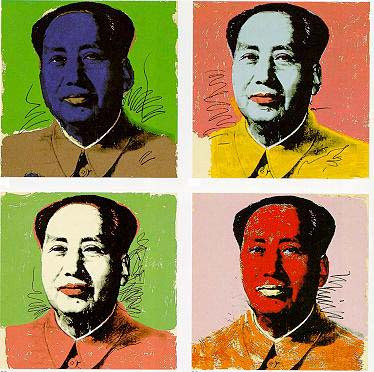Thinking about mass-produced clothing, "the people's clothing," and just exactly where fashion is headed leads me down a curious road. As a sort-of ready-to-wear couturier, if that's the best word, I have put myself in an odd place. Who exactly is the competition, and how can I possibly compete with, say, Old Navy? When a dressmaker sets out to make casual clothing, sportswear, with the tools and approach employed in haute couture, there are many questions to overcome. The most obvious one being, simply, why? I won't waste time trying to justify an unjustifiable thing, but I feel there is value in the process as much as the result.
Clothing has changed as lifestyles have changed, women and men are more likely to have a closet full of throw-away clothing than a few good suits. This is not a matter of economy, as all this inexpensive clothing ultimately costs so much more than the expensive suit. And what's wrong with this? I wouldn't be the first to discuss the nasty problem of sweatshops, or their environmental impact, but I wonder who is taking up the intangible problems &mdash that's right, sweatshop clothing and the concept of Qi.
Mana, numen, qi (or chi), whatever you call it, the idea that the creator of an object transfers their energy into that object is widespread. As is the idea that that energy is later passed on to those who interact with said object, whether by viewing a work of art, or using a tool. Imagine clothing yourself daily in an aura of panic, poverty, indentured servitude &mdash oh, wait, you don't have to imagine.
No one likes a snob, I know. With fondness for Eames and Warhol, I maintain that this isn't snobbery against mass production &mdash there's nothing wrong with pop art or accessible design &mdash only an assertion that, perhaps, clothing made by unhappy, mistreated workers may possess not only sloppy construction but also a whole lota' bad mojo.


